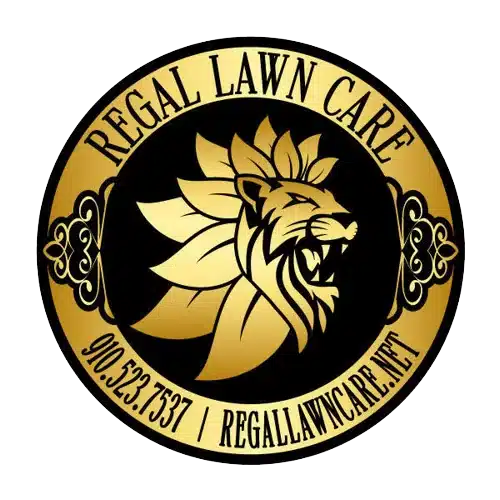Establishing a new lawn is an exciting endeavor; however, choosing between sodding or seeding requires careful deliberation on various factors. Both methods have advantages and disadvantages, which one must comprehend; hence, one must make an informed decision according to their preference, budget, and other factors like the time frame when the lawn is required. This article explores sodding versus seeding lawns establishment, offering highlights about the costs involved plus the timing of maturity; weed prevention and control; erosion; environment sustainability; maintenance as well as longevity in terms of beauty.
1. Introduction to Sod and Seed
When one is sowing a lawn, they put pre-cultivated grass sods while putting down grass seeds on the prepared soil surface is referred to as seeding. Seeding requires waiting for the grass to grow, while sodding gives instant satisfaction with a matured lawn. Each method comes with its own set of benefits and challenges, so it’s crucial to consider your options carefully before making a decision.
2. Cost Comparison
One of the main factors you must take into account when deciding between sodding and seeding is cost implications. Sodding has a more significant initial financial requirement than sowing since one gets full-grown grass lawns in bargain planting. However, seeding may require more expenses because of soil preparation fertilizers and watering gadgets. The overall affordability of each method should be measured by considering both long-term maintenance costs and initial investments.
3. Time to Maturity
Another essential factor to consider when choosing the method of lawn establishment is timing. When sodding, you get instant results with an entire lawn in just a few hours. This is particularly beneficial if you want to improve your property’s appearance in no time or for some special occasion. However, seeding one’s lawn requires time for germination and maturity of grass.
4. Weed Control
Weed control is significant as invasive weeds can take up nutrients, water, and sunlight from the grass, inhibiting its growth and development. Sodding has better initial weed control because the dense mature turf acts as a barrier against weed growth. This will significantly reduce time spent on weed management during the early stages of lawn establishment.
5. Erosion Prevention
Sodding is very effective in preventing soil erosion since mature turf covers the ground immediately after it has been laid down, thereby stabilizing soil. This type of cover is preferred with slopes or heavy rains since erosion is faster in such areas than in others. It may increase losses, especially during germination and establishment, before the grass becomes healthy again. On the other hand, seeding remains susceptible to erosion during germination and establishment because grass seeds need time to take root and form thick turfs.
6. Environmental Impact
The environmental impact of lawn establishment methods is essential for eco-conscious homeowners. Sodding involves the removal of existing vegetation which can disrupt ecosystems and contribute to landfill waste. Alternatively, sod farms may choose to apply herbicides, pesticides as well as fertilizers in the production of turf that are environmental implications. On the contrary, seeding encourages soil health and biodiversity by enabling native grasses to establish themselves naturally.
7. Maintenance Requirements
Both sodding and seeding require regular maintenance schedules to keep up their good looks after their newly established status is realized. Tentatively, these include watering that involves a lot of water being poured onto the lawns; mowing very short so that it keeps growing evenly; applying fertilizer at least twice annually; pest controls, which include controlling various insects such as white grubs using chemicals or, in some cases biological agents among many others. However, there exist differences in the maintenance requirements between the two methods. To elaborate on this, compared to newly seeded lawns, sodded lawns may demand less watering/ irrigation water and fewer maintenance practices during their establishment phase since they already have mature turf. On the other hand, initially, freshly laid sods might be required constant mowing so that they are kept at optimum height.
8. Aesthetic Appeal
The beauty of your lawn also matters since it determines how attractive your property looks when everything is put together. Sodding provides immediate curb appeal with its lush green appearance, immediately transforming your outdoor space into a haven for relaxation. The old turf gives us an overall atmosphere while improving our favorite garden’s look. Additionally, sodding reduces occurrences of blank spots or unevenly covered grounds due to a thick carpet-like cover provided by densely-turfed areas.
9. Long-term Durability
However, the durability and resilience of a lawn are based on its maintenance as well as care in the long run, even though one reaps instant results if they use sod. Sodded lawns may experience challenges such as transplant shock or root establishment issues if not installed correctly or properly cared for during the establishment phase. Nonetheless, with proper maintenance regime and regular watering, sod lawns have deeper rooting systems capable of surviving under different environmental conditions.
Contact Regal Lawn Care today!
Are you tired of looking at your barren garden? If so, contact Regal Lawn Care for our experts’ professional installation of grass rolls. We also offer seeding services and ongoing lawn maintenance, which includes pest control, among other things. We will work with you to develop the best type of grass that enhances your property’s beauty and curb appeal. Arrange an appointment today to initiate your journey toward a brand-new lawn!







